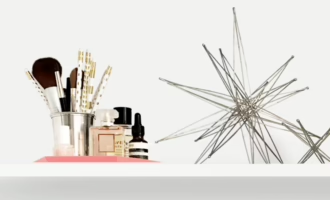By using our site, you agree to our Cookie Policy
Accept

Offer your users a dynamic experience
The first time a screen displayed more than static content, interaction design was born.
Interaction design, also known as IxD, used to encompass pictures and words only. Today, things are much more sophisticated. Anything on a website or app that you can click, drag, swipe, press, or tap—from pulsating buttons to scalable maps to Angry Birds—falls under the domain of IxD.
If you’ve ever seen an animation that made you say “Wow,” “Sweet,” or “I feel an indescribable sense of joy,” you’ve seen good IxD. It’s everywhere on the web today, and users have come to expect it. If you want to stay current and keep visitors coming back, it’s a must.
It’s easy to confuse IxD with user experience (UX) design—not to mention user interface (UI) design and information architecture (IA). That’s to be expected for three reasons: the lines are fuzzy, IxD falls under the umbrella of UX, and techies use too many abbreviations.
Whereas UX focuses on the user’s entire journey through a website or app, IxD is concerned specifically with moments of use—namely those that create a two-way, back-and-forth connection between the system and the user.
Such moments provide confirmation that a site or app has recognized your input. If you can’t understand how your action relates to the system’s reaction, the interaction has failed.
Of course, to be most effective, interactions should be tailored to their audience. This requires a deep understanding of users—their needs, contexts, limitations, and expectations. Successful interactive design has clearly defined goals, an intuitive interface, and a definitive purpose. At its best, it feels like an extension of yourself—that is, effortless—doing just what you want and never getting in the way.
This is our aim when we craft interactive designs. Our philosophy is that the user needn’t notice the fine touches. Most of the time, it’s best that they don’t. As UX Booth’s foundational Complete Beginner’s Guide to Interaction Design states, “The best interaction designs don’t exist.”
We know our way around splashy effects, but we don’t believe in showy tricks. Interactions should be discernible but not distracting, making you feel both gratified and confident that, upon returning, you’ll enjoy the same experience.
It’s impossible to connect without interacting. For the success of our work and the success of our clients, we build interactions that are better by design.




















